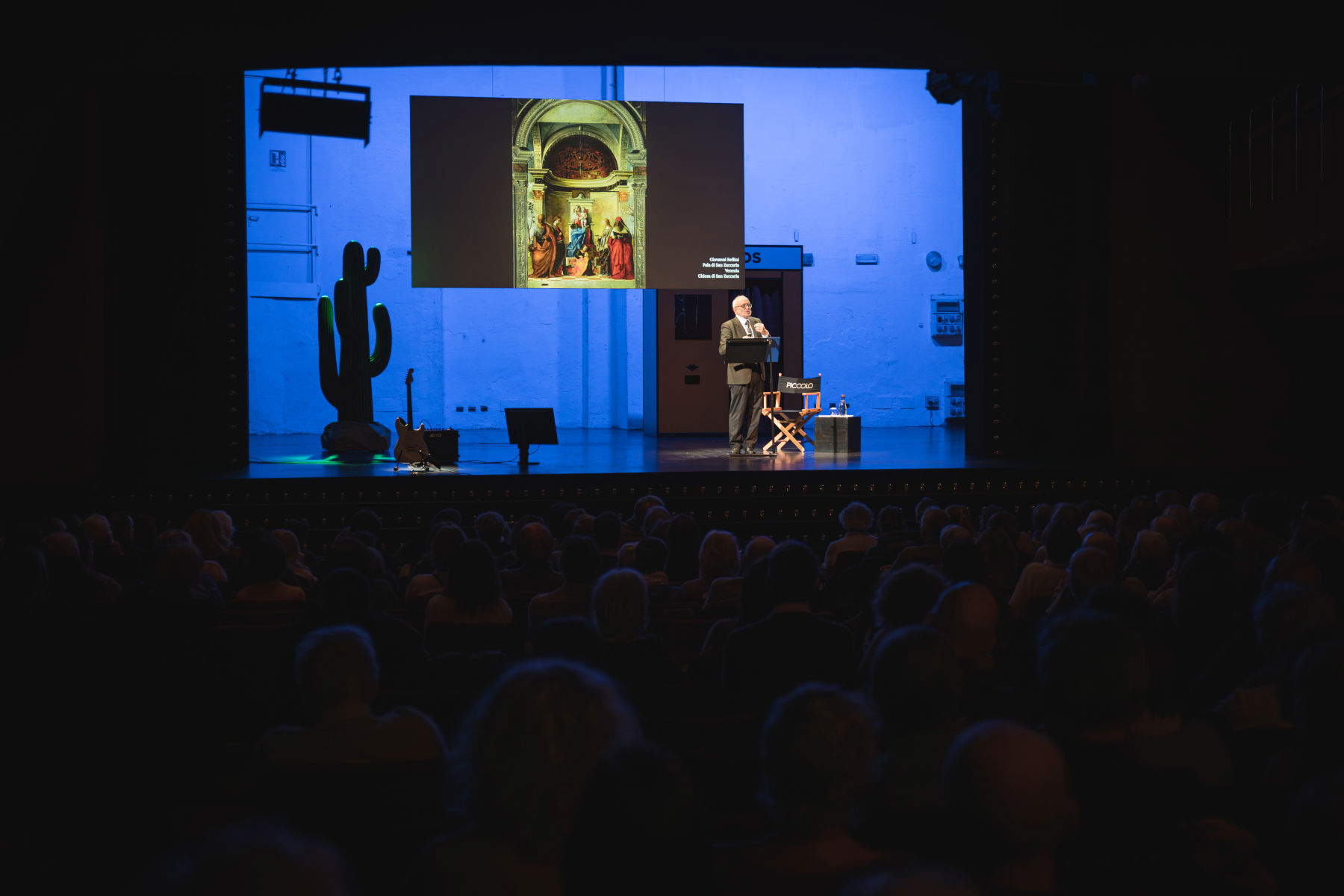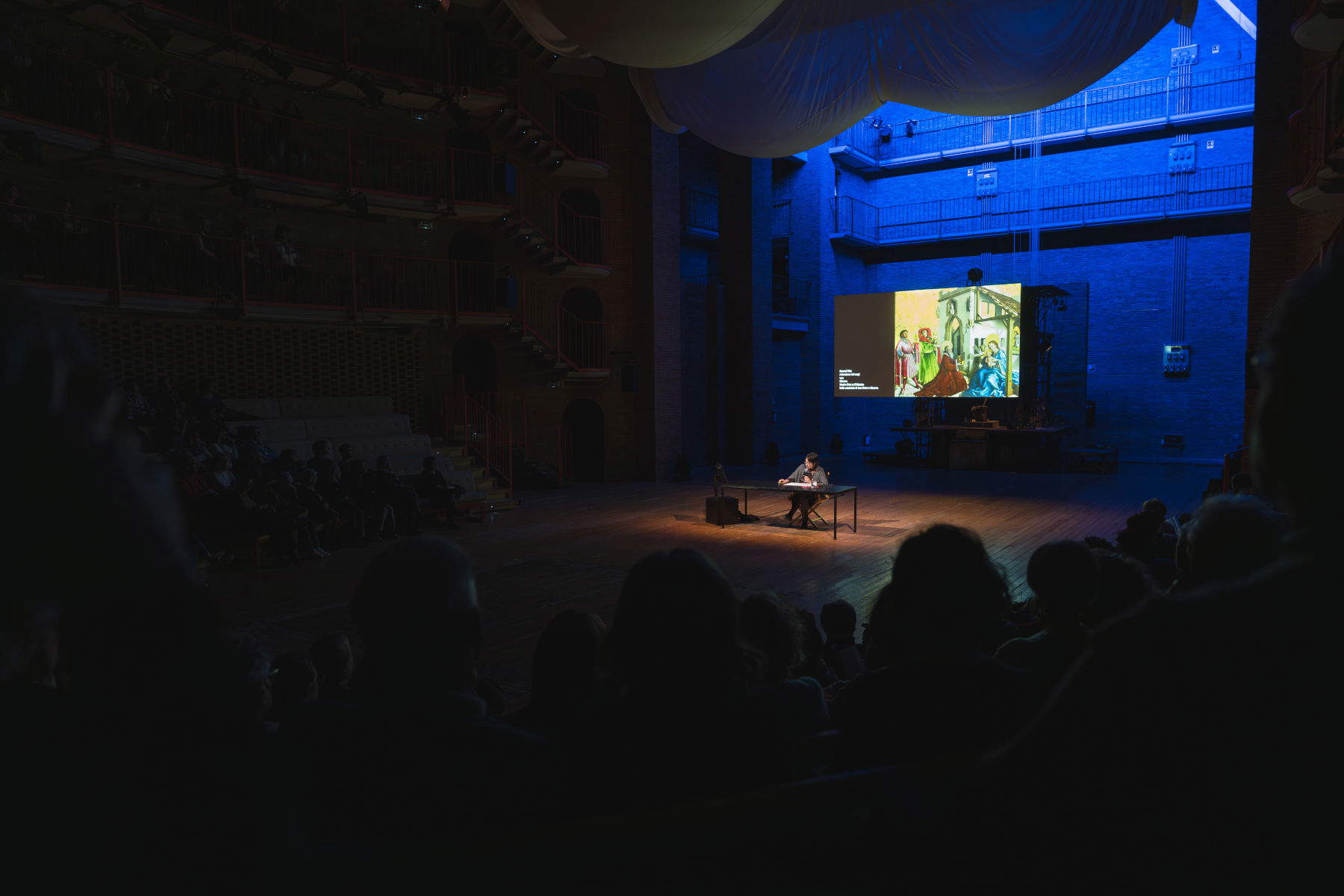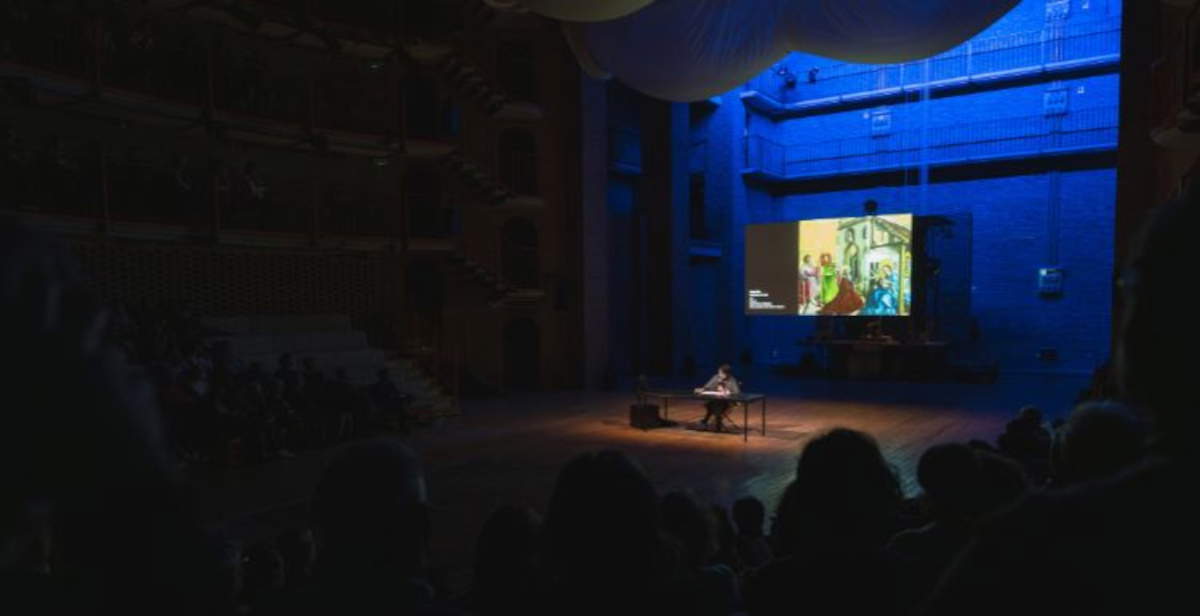With the arrival of autumn, Milan is preparing to welcome a new cultural season, marking the return of Storie dell’Arte, a project conceived by the Friends of Brera in collaboration with the City of Milan, the Piccolo Teatro di Milano - Teatro d’Europa and the Pinacoteca di Brera. After the cycles dedicated to the 15th and 16th centuries, which were well attended, the proposal now focuses on the 17th century, a century of radical transformations and extraordinary artistic vitality in Europe. The meetings will be held at Teatro Studio Melato, one Sunday a month, under the scientific direction of Marco Carminati. The formula maintains the elements that have made the initiative popular: lectures supplemented by images, stories and anecdotes that link art, history and society, offering an in-depth opportunity accessible to neophytes, students, enthusiasts and experts.
“The planning of the Stories of Art course now includes tackling the great century of the Baroque age,” says Carlo Orsi, president of the Friends of Brera and Milanese Museums Association. “Bolstered by the accession numbers of the previous two cycles devoted to the 15th and 16th centuries, we are particularly happy to now be able to immerse ourselves in the splendor of the architecture, paintings and sculptures of the 17th century, the golden century.”
“To encapsulate in three lectures such a rich and splendid age as 17th-century art is not an easy task,” adds Marco Carminati, vice president of the Associazione Amici di Brera e dei Musei Milanesi and scientific curator of the Storie dell’Arte project. “However, by focusing on the most exceptional architectural factories of the time (think of the Château de Versailles), highlighting the figure of Caravaggio in relation to all the other masters of the European seventeenth century and, finally, entering into the secrets of the success of the great Bernini, we will be able to savor the magnificence of this era full of ingenuity, novelty and great contrasts.”
 Stories of Art at Teatro Studio Melato. Photo: Marta Cervone
Stories of Art at Teatro Studio Melato. Photo: Marta Cervone
The first session, scheduled for Sunday, October 19, will see Maria Cristina Terzaghi lead the audience through Caravaggio ’s pictorial inventions and comparisons with artists such as Rubens, Velázquez and Rembrandt. The meeting aims to illustrate how seventeenth-century painting defined new expressive languages and how the dialogue between masters produced an unrepeatable season in the history of European art.
On Sunday, Nov. 30, Marco Carminati will present the marvels of Baroque architecture in Rome, focusing on the works of Gian Lorenzo Bernini and Francesco Borromini, up to the grandeur of Versailles and its gardens enlivened by complex water features. The meeting will highlight the evolution of forms and proportions, showing how Baroque architecture was able to combine functionality, aesthetics and symbolic power.
The last appointment, on Sunday, December 14, will be with Andrea Bacchi, who will delve into the sculpture of Gian Lorenzo Bernini, a central figure of the Baroque, capable of shaping the image of Rome and influencing the perception of sculptural art on a European level. The itinerary will include such emblematic works as theApollo and Daphne and the Baldachin of St. Peter’s, analyzing the relationship between pathos, dynamism and monumentality.

In addition to the theater encounters, Storie dell’Arte continues its collaboration with twelve city museums, which strengthen the link between the project and Milan’s cultural heritage. These include the Boschi Di Stefano House Museum, Castello Sforzesco, GAM Milan Gallery of Modern Art, Bagatti Valsecchi Museum, Carlo Maria Martini Diocesan Museum, Milan Cathedral Museum, Leonardo da Vinci National Museum of Science and Technology, Museo del Novecento, Poldi Pezzoli Museum, Palazzo Morando | Costume Moda Immagine, Palazzo Moriggia | Museo del Risorgimento and FAI - Villa Necchi Campiglio. The initiative represents an opportunity to integrate museum enjoyment with an educational path in the theater with the aim of stimulating reflection on art and its influence in society.
Alongside the involvement of the city’s museum network, special attention will be paid to institutions that preserve important seventeenth-century collections, with which it is planned to organize dedicated visits and itineraries. The Pinacoteca di Brera preserves works by Caravaggio and his followers, Guido Reni, Pietro Paolo Rubens and more generally the Italian and European seventeenth-century Baroque. The Brera Courtyard represents a masterpiece of Baroque architecture. The Poldi Pezzoli Museum holds a collection dedicated to the 17th century, while the Museum of Milan Cathedral collects drawings of the facade and a core of sculptures from the period. The Castello Sforzesco features 17th-century paintings and furnishings, while the Museo Diocesano Carlo Maria Martini houses a section devoted to the 17th century. Finally, the Leonardo da Vinci National Museum of Science and Technology is an example of 17th-century architecture that enriches the panorama of institutions involved.
The project is realized with ArtsFor_ and is part of the program for the celebration of 100 years since the birth of the Associazione Amici di Brera, an anniversary scheduled for 2026, with a series of experimental activities in languages and modes of engagement. The realization of Stories of Art is supported by Chiomenti and Edison, which recognize its value and share its aims. Classes are priced at a full price of 15 euros per meeting, with a three-lesson package priced at 30 euros. Under 26s and National Youth Card holders pay 5 euros per lesson, and Over 65s 12 euros. Friends of Brera members: single lesson 8 euros, package three lessons 24 euros. Milano Museo Card: single lesson 10 euros.
 |
| In Milan, Friends of Brera kick off a series of lectures on seventeenth-century art history |
Warning: the translation into English of the original Italian article was created using automatic tools. We undertake to review all articles, but we do not guarantee the total absence of inaccuracies in the translation due to the program. You can find the original by clicking on the ITA button. If you find any mistake,please contact us.